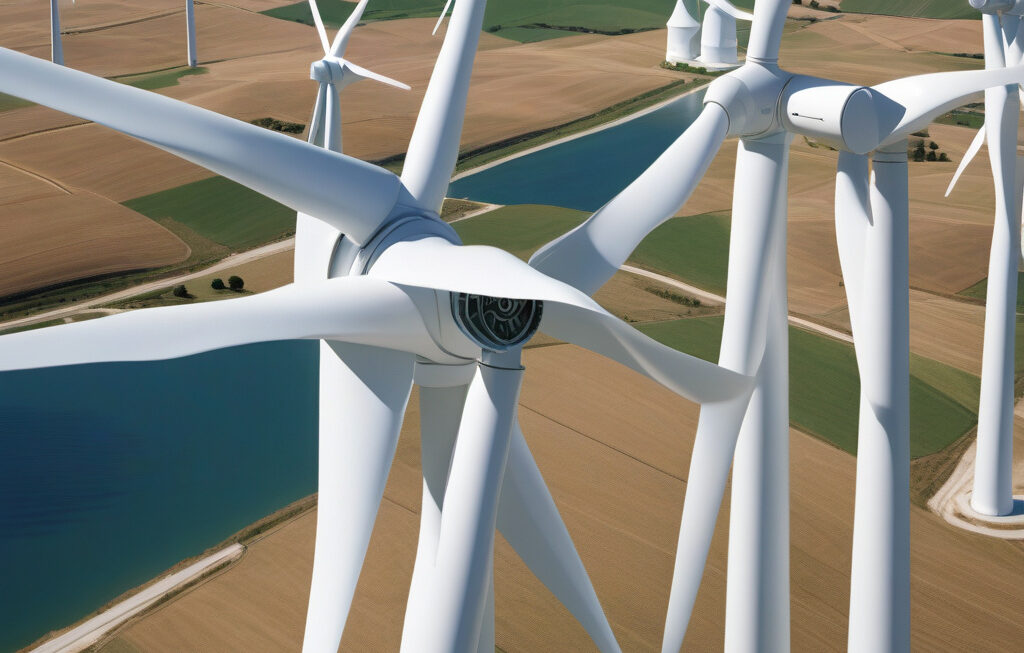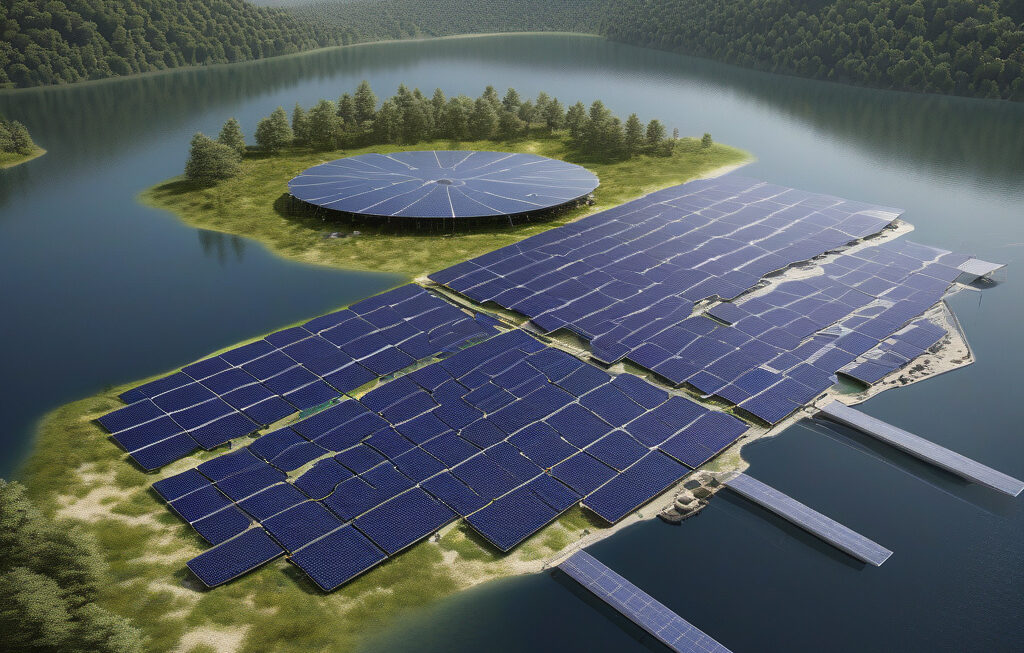“China Tests World’s First Megawatt-Level Airship to Capture High Winds”
China has successfully completed the first flight of its home-designed floating wind turbine, the S1500, marking a significant milestone in the renewable energy sector. This innovative project aims to harness high-altitude winds using an airship equipped with turbines, providing a sustainable energy solution that could revolutionize the way we generate electricity.
The S1500, also known as the “Windmill,” is a megawatt-level airship that operates at an altitude of 1,000 meters to capture strong, consistent winds. Unlike traditional wind turbines that are fixed to the ground, the Windmill has the advantage of accessing higher altitudes where wind speeds are faster and more reliable. This unique design allows for greater energy production and efficiency, making it a promising alternative to conventional wind farms.
One of the key advantages of the Windmill is its mobility. By harnessing winds at higher altitudes, it can be positioned in optimal locations to maximize energy output. This flexibility enables the airship to generate electricity continuously, even when winds are calm at ground level. As a result, the Windmill has the potential to deliver a more stable and consistent power supply compared to traditional wind energy systems.
The successful test flight of the S1500 demonstrates China’s commitment to innovation and sustainability in the energy sector. By investing in cutting-edge technologies like the Windmill, China is positioning itself as a global leader in renewable energy development. This ambitious project not only showcases China’s engineering prowess but also highlights the country’s dedication to reducing carbon emissions and combating climate change.
In addition to its environmental benefits, the Windmill also presents economic opportunities. As the demand for clean energy continues to rise, technologies like the S1500 have the potential to create new jobs and drive economic growth. By investing in renewable energy infrastructure, countries can stimulate innovation, attract investment, and build a more sustainable future for generations to come.
Looking ahead, the successful implementation of the Windmill could inspire other countries to explore similar airborne wind energy solutions. By harnessing the power of high-altitude winds, nations around the world can diversify their energy mix, reduce reliance on fossil fuels, and mitigate the impact of climate change. The Windmill represents a promising step towards a greener, more sustainable future for the planet.
In conclusion, China’s test of the world’s first megawatt-level airship, the Windmill, is a groundbreaking achievement in the field of renewable energy. By harnessing high-altitude winds with innovative technology, the Windmill offers a sustainable and efficient solution for generating electricity. As countries worldwide strive to transition to clean energy sources, projects like the S1500 pave the way for a brighter and more sustainable future for all.
#Windmill #RenewableEnergy #Sustainability #Innovation #ClimateChange












